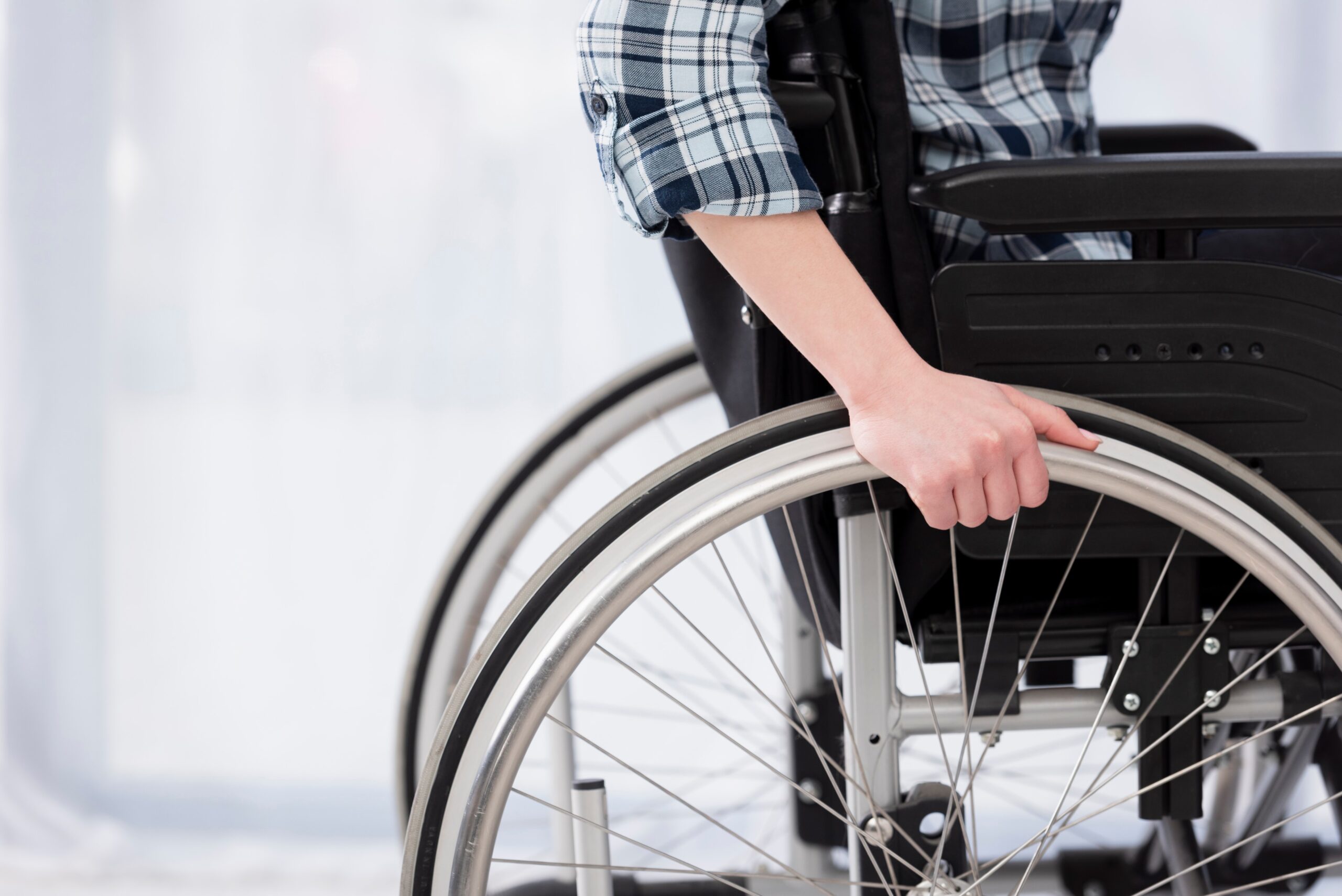Multiple Sclerosis (MS) is a chronic illness that affects the central nervous system, causing a range of physical and cognitive symptoms. The condition can lead to muscle weakness, fatigue, pain, and mobility issues. While there is today no cure for MS, there are a variety of therapies available to help manage manifestation and improve quality of life. Managing Multiple Sclerosis with Exercise and physical therapy are two of the most effective treatments .
Benefits of Exercise for Multiple Sclerosis :
- Exercise can help people with MS in several ways. Improved physical fitness, which can lead to better mobility, balance, and coordination, is one of the primary benefits. This can help people with MS maintain their independence and improve their ability to perform everyday tasks.
- Regular exercise can also help reduce fatigue, which is a common symptom of MS. Studies have shown that exercise can help improve energy levels and reduce feelings of fatigue in people with MS. This can help people with MS participate more fully in their daily activities and improve their overall quality of life.
- Another benefit of exercise for people with MS is improved mood. Research has shown that exercise releases endorphins, which are organic mood boosters that can help reduce feelings of anxiety and depression. This can be particularly important for people with MS, as depression and anxiety are common symptoms of the disease.

Choosing the Right Exercise –
People with MS can benefit from many different types of exercise. Some of the exercises are:
- Aerobic exercise: This type of exercise involves activities that get your heart rate up, such as walking, cycling, or swimming. Aerobic exercise can help improve cardiovascular fitness and reduce fatigue.

aerobic-exercise - Strength training: This type of exercise involves lifting weights or using resistance bands to improve muscle strength. Strength training can help reduce muscle weakness, which is a common symptom of MS.
- Balance and coordination exercises: Activities such as yoga, tai chi, or balance training can help improve balance and teamwork, reducing the risk of falls.
Multiple Sclerosis – Management with Physiotherapy
- Physical therapy is a type of treatment that involves targeted exercises and techniques designed to address specific symptoms of MS. Physical therapy can be tailored to address physical symptoms, such as muscle weakness and spasticity, as well as cognitive symptoms, such as difficulty with memory and concentration.
- One of the primary benefits of physical therapy for people with MS is improved mobility. Physical therapy can help people with MS improve their ability to walk, stand, and perform other everyday tasks. This can help people with MS maintain their independence and improve their quality of life.
- Physical therapy can also help reduce pain and improve muscle strength. This can be particularly important for people with MS who experience muscle weakness or spasticity, which can be a common symptom of the disease.
Types of Physical Therapy
Many different types of physical therapy can be beneficial for people with MS. Among the most common types of physical therapy are:
- Exercise therapy: This involves targeted exercises designed to improve muscle strength, balance, and coordination.
- Manual therapy: This involves hands-on techniques, such as massage or stretching, to improve muscle flexibility and reduce pain.
- Assistive devices: Physical therapists may recommend the use of assistive devices, such as braces, crutches, or walkers, to help improve mobility and reduce the risk of falls.
- Relaxation techniques: Physical therapists may also teach relaxation capabilities, such as deep breathing or meditation, to help people with MS manage stress and improve overall mental health.

Additional Benefits of Exercise and Physical Therapy for Multiple Sclerosis
There are also social benefits to exercise and physical therapy for people with MS. Participating in group exercise classes or physical therapy sessions can help people with MS connect with others who are going through similar experiences, which can be an important source of support and motivation. Exercise and physical therapy can also help people with MS maintain their social connections and prevent social isolation, which can be a common problem for people with chronic health conditions. Apart from reducing fatigue, managing spasticity, and improving overall physical health, exercises contribute immensely to improving the mental and emotional health of a person suffering from multiple Sclerosis.
Overall, exercise and physical therapy can be an important part of managing MS symptoms and improving overall health and well-being. It is important to discuss with a health care provider or physical therapist to develop a safe and effective exercise plan that is tailored to individual needs and abilities.

Leave a Reply